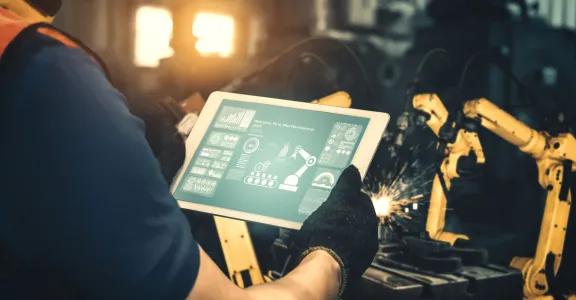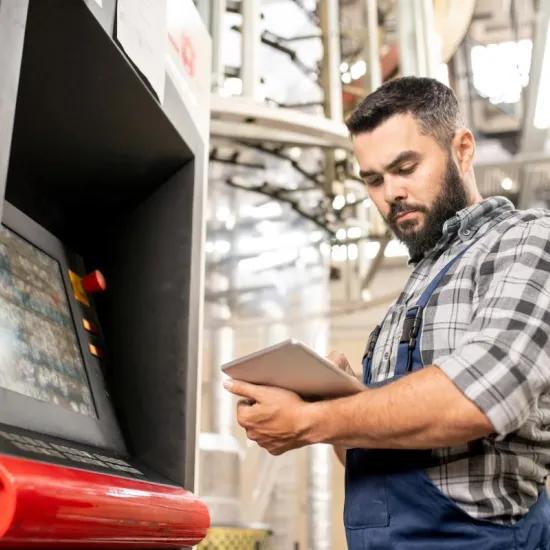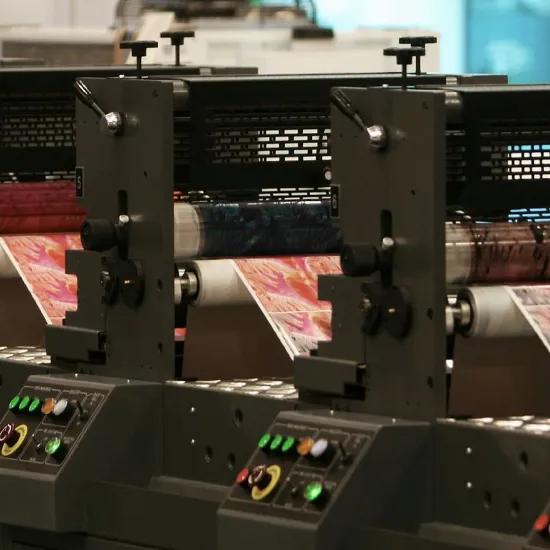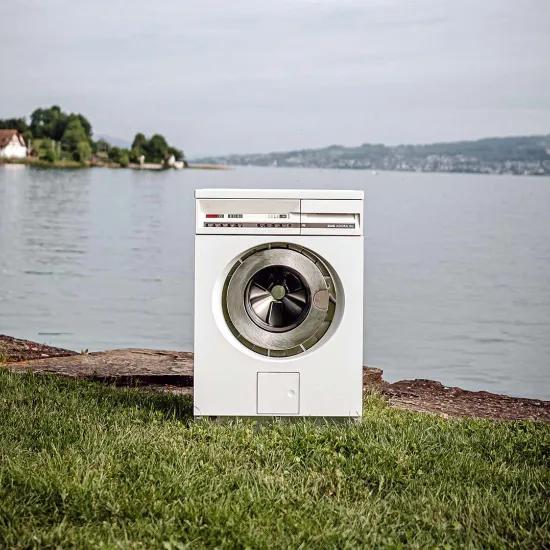How Sirris is paving the way for innovation in manufacturing processes with advanced data analytics
In an era when the Internet of Things (IoT) and big data dominate the industry, Sirris provides innovative solutions to increase efficiency and identify operational problems. Sirris, the innovation centre for the technology industry, is working with industrial partners to explore and exploit the potential of data science.
The power of data in industry
Where there are patterns, there are anomalies. These anomalies can provide valuable insights into what might be going wrong in production or other processes. Researchers at Sirris have identified opportunities to detect these anomalies, even in adynamic and evolving context, using data science.
In the era of the Internet of Things, every machine and device in the industry is equipped with sensors that constantly generate data. This abundance of data presents companies with unprecedented opportunities to gain insights into their processes, if they know how to interpret it. This involves recognising patterns, identifying deviations, and understanding what those deviations mean. According to Annelies Vroman, a project leader at Sirris, there are three types of anomalies. ‘The first type is the single outlier value, also known as a 'point anomaly,' which is often caused by an incorrect measurement. The second type is collective anomalies, where an entire set of data deviates from the norm. Finally, there are contextual anomalies, the most complex and relevant, where segments deviate within the specific context of the moment, such as the speed of a pump or the type of product being produced.’
The challenge of contextual anomalies
While data analytics can be integrated into operational processes and AI can be used to recognise patterns, interpreting anomalies within their context remains a challenge. The Conscious project, led by Sirris, focused on addressing this challenge by analysing contextual anomalies in a way that is usable in industrial environments. ‘To date, little attention has been paid in scientific literature to analysing contextual anomalies in a way that is applicable in industry,’ Vroman notes. ‘These kinds of deviations are difficult to interpret because the same value may be problematic in one context but not in another.’
Cooperation with industrial partners
The request to address these complex anomalies initially came from Skyline Communications. It quickly became apparent that other industry players, such as I-care and battery maker Duracell, were facing the same challenge. This is where Sirris stepped in, together with its software partner Yazzoom, which specializes in anomaly detection. ‘We organically took charge of the project and began working with the massive amounts of data that not only Skyline, but also I-care and Duracell, had accumulated. We first cleaned the data to make it usable, and then started analysing it.’
‘At first, we looked for patterns that could be considered ‘normal’ and identified deviations from these patterns. Then, we involved operators, people who were familiar with the data sources, to help us determine whether the anomalies we detected were genuinely problematic.’ This highlights the crucial interplay between human expertise and machine learning. ‘You can apply AI to that data, but it is a black box that knows nothing more than what it is given,’ says Vroman. ‘An operator does know what he sees in that data, because he knows what is happening at the machine he is working on every day. And we wanted to integrate that information into our models.’
Development of robust models
Developing algorithms that are usable in different industrial contexts posed a major challenge. Sirris worked intensively with the partners to build models that learned to detect contextual anomalies in a variety of situations. ‘We realised that to create something usable across various applications, our models needed to be as general as possible. Having different partners with diverse needs was beneficial in achieving this.’
At Skyline Communications, the focus was on monitoring server performance in real-time. This contrasted with Duracell, where Sirris worked on identifying anomalies in the battery manufacturing process, through vibration and temperature analysis. ‘At Duracell, we used vibration, temperature and other measurements to look for anomalies in a rejected batch of batteries that indicated, for example, an error in the preparation of the granulate used to fill them,’ Vroman explains. ‘Being able to link this measurement data to specific production processes was essential to understanding the causes of anomalies.’
Results and future prospects
The result is an advanced post-hoc analysis solution that helps companies optimise their processes. Skyline adopted a real-time approach, where anomalies are detected and corrected immediately. At I-care, Sirris developed a method to identify anomalies in water pumps based on vibration data (thanks to Engie EMS). ‘This also happens in real-time,’ Vroman notes. ‘When an anomaly occurs, you can immediately examine the context to determine whether it is a normal deviation or not.’
While the partners now have a powerful solution, there is still room for refinement and further development. ’It is an ongoing process of fine-tuning and optimisation,’ says Vroman. ‘Every step in this project has provided valuable insights, both for us and for our industrial partners.’
As a follow-up to this project, Sirris is currently building a starter kit that will be available on their website. This off-the-shelf package, based on the methodology developed for I-care, will be made public and applicable to public datasets. ‘In this way, we want to make our knowledge and methods available to a wider audience,’ Vroman concludes.




